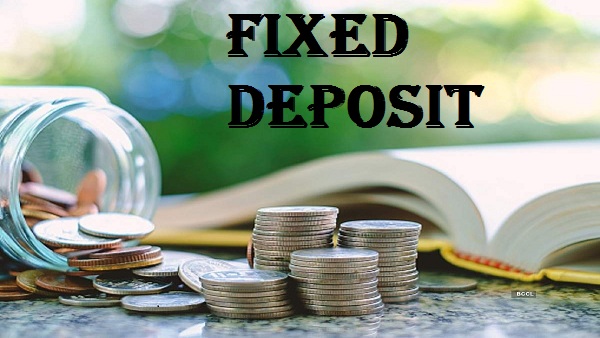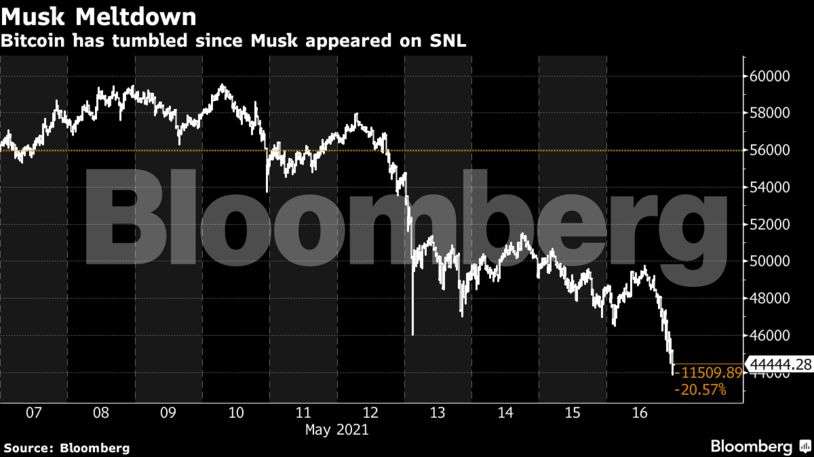Should You Invest In Fixed Deposits With Free Life Insurance Benefits?
[ad_1]
Read More/Less
Suraksha FD By DCB Bank
This small private sector bank has allied with Aditya Birla Sun Life Insurance to provide fixed-deposit customers with free life insurance coverage up to Rs50 lakh for a three-year term. The free life insurance is available to investors between the ages of 18 and 54. This deposit scheme is only available to those who are 55 years old or older. The initial deposit needed is Rs10,000, with a three-year minimum term. The life insurance amount will be equal to the FD amount, up to a maximum of Rs50 lakh across all Suraksha FDs owned by the primary account holder. The free life insurance is only available for the first three years and can not be renewed. In the event of the depositor’s untimely death, the nominee can eventually seek the life insurance coverage under the policy’s terms and conditions. In terms of the deposit amount, the nominee has the option of prematurely closing the account at the current rate of interest or continuing until it matures.

FD Life (Fixed Deposit Life) By ICICI Bank
ICICI Bank Fixed Deposits (FDs) provide guaranteed returns as well as life insurance security. When you open a Fixed Deposit of Rs 3 lakh or more for a minimum of 2 years, FD Life will offer you a complimentary life insurance of Rs 3 lakh for a year. By signing in to ICICI Bank Internet Banking, you can open an online FD Life. This FD account can be opened by resident individuals (age limit must be between 18 to 50 years) either jointly or individually. When the NRI individual is in India, he or she will have access to life insurance through their NRI FD. The GTP Life Cover will only be issued to the primary holder of a joint FD and will only be available for a year. Customers who are eligible should issue a declaration of good health. The GTP Life Cover will not be issued if a customer declares that he or she is not in good health condition as per the website of ICICI Bank. The free life cover available to customers will be withdrawn from the date of partial/premature withdrawal if the deposit is partially/prematurely withdrawn.

HDFC Bank SureCover FD
The SureCover FD from HDFC Bank is an innovative investment vehicle that combines the advantages of a Fixed Deposit with the coverage of a life insurance policy. On booking an HDFC Bank SureCover FD, you will get a life insurance cover equal to the Fixed Deposit principal for the first year. SureCover FDs offer the same interest as Regular Fixed Deposits. Individuals between the ages of 18 and 50 can take use of the HDFC Bank SureCover FD, which can be taken out for a minimum of Rs. 2 lacs and a maximum of Rs. 10 lacs. SureCover FDs are available for a minimum of 12 months and a maximum of 120 months. The life insurance policy will be available for one year and can be renewed by the primary purchaser by paying the applicable premium amount from the second year onwards. On the SureCover FD, you can choose to receive interest monthly or quarterly, but the monthly return rate will be lower than the regular deposit rate. The insurance cover will be terminated with if the Fixed Deposit is fully or partially withdrawn within a year, i.e. >=50% of the initial principal amount. For the first year, the customer is not required to pay a premium. However, the premium for upcoming years, starting from the second year (if relevant), will be charged and paid by the FD’s primary owner. If a customer has a Live SureCover FD under his or her customer ID, he or she cannot get another SureCover FD. According to the HDFC Bank website, a customer can apply for another SureCover FD only after one year has expired after his current FD maturity/pre-closure date.

Our take
A life insurance scheme offers risk cover to the family’s dependents in the event of the policyholder’s demise. One can opt for various life insurance plans individually according to his or her needs such as term insurance plans, whole life insurance plans, retirement plans, senior citizen plans, and other forms of life insurance plans. Life insurance plans are treated as a long-term investment vehicle and are purchased to protect your loved ones from financial threats in the event of your death. Every individual should have life insurance, but a short-term, low-sum assured life insurance policy is counterproductive. As a common concept, you should have 10 times your annual income in life insurance. For instance, if your annual income is Rs 5 lakh, you should have Rs 50 lakh in life insurance. Also, the insurance should protect you before you reach retirement age. These crucial ingredients of life insurance cannot be met with complimentary life insurance benefits that comes with the above discussed FD schemes. As a result, it is not worthwhile to accept bank fixed deposits based on goodies such as life insurance or some other form of insurance and fixed deposits of banks that are considered stable and secure can be preferred by investors.
[ad_2]



